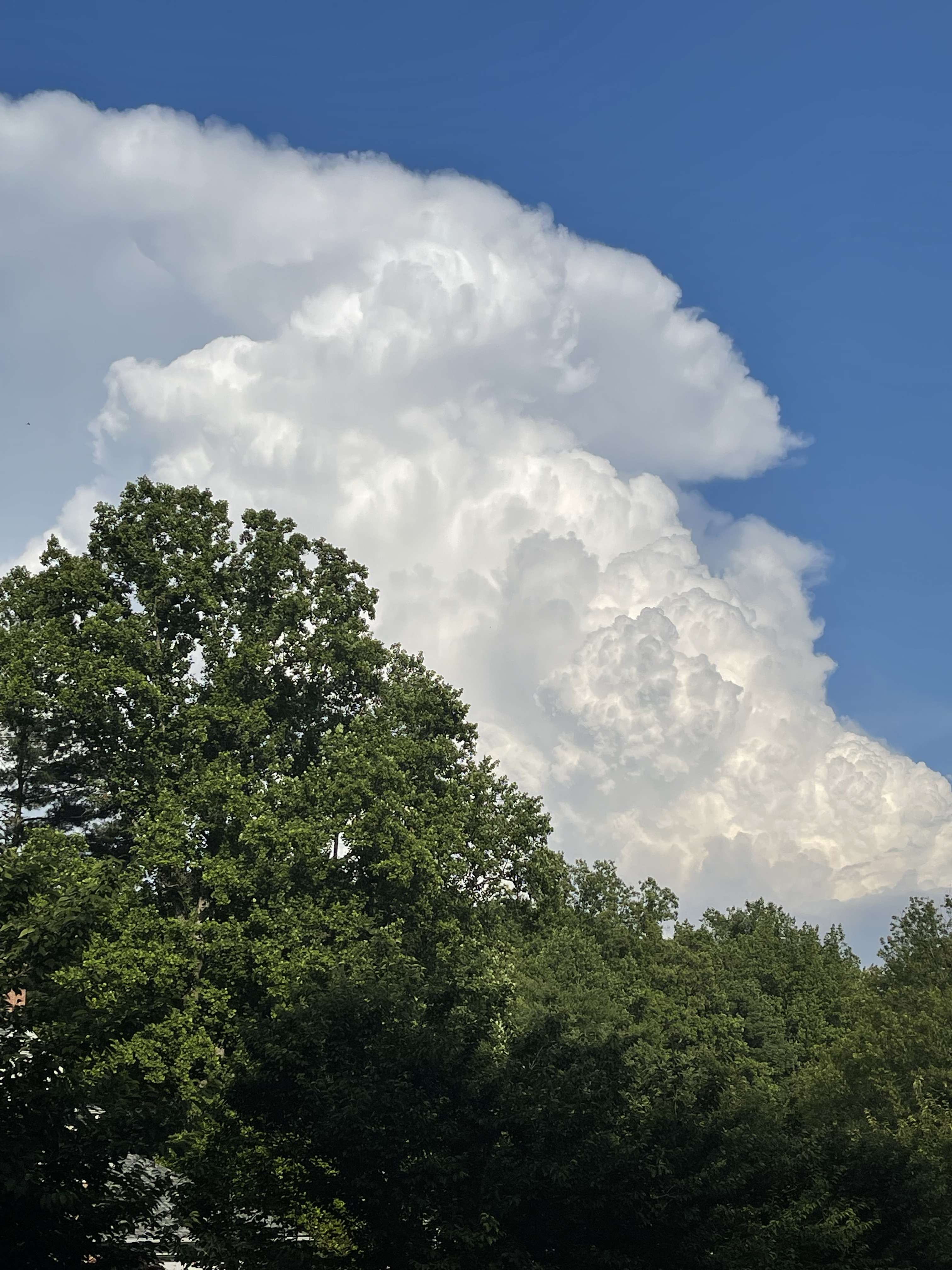-
Posts
44568 -
Joined
-
Last visited
-
Days Won
262
Everything posted by Phil
-

August 2016 Observations and Model Discussion for the Pacific Northwest
Phil replied to Geos's topic in West of the Rockies
Looks like 80 degrees. http://i724.photobucket.com/albums/ww243/phillywillie/Mobile%20Uploads/ECD96637-4A1A-44A6-A26D-F6EEC6C3D557_zpsmqeuyfzn.png -

August 2016 Observations and Model Discussion for the Pacific Northwest
Phil replied to Geos's topic in West of the Rockies
This pattern won't change (on the large scale) until the week of 8/29 to 9/4, IMO. -
I think we'll have to wait until Monday..hoping for ~3 days in mid/upper 80s from Monday - Wednesday before the pattern turns to utter s**t again later next week.
-
Still waiting on those mid/upper 80s. 90/70 as of 145pm.
-
Niña Walker Cell shows no signs of abating. Next trade wind burst arrives this weekend. http://i724.photobucket.com/albums/ww243/phillywillie/Mobile%20Uploads/9F51F293-B0C6-44FA-AC10-8FB3A6F0EEA7_zps0a8gc9pt.gif
-
The CFS had it peaking in July about 4 weeks ago. Probably has something to do with the models being parameterized to maintain excessive off-equator ocean/atmosphere coupling in order to accurately reflect the PDO/AMO SSTA signature.
-

August 2016 Observations and Model Discussion for the Pacific Northwest
Phil replied to Geos's topic in West of the Rockies
Definitely, not to mention immediately popping back above 90F by 9AM, sometimes by 8AM. I hate days like that..they've become very frequent even up here. Can't wait to move. -

August 2016 Observations and Model Discussion for the Pacific Northwest
Phil replied to Geos's topic in West of the Rockies
Yeah, I've visited there twice in early August. Actually very similar to DC overall, except nights are generally nastier/more humid, and days are generally more tolerable/cooler. -

August 2016 Observations and Model Discussion for the Pacific Northwest
Phil replied to Geos's topic in West of the Rockies
That's the difference, though. Having experienced 115+ degree heat in Yuma, AZ, I've been on both sides of the coin in regards to humidity. There's just no comparison, they're totally different animals. In Yuma, it felt like the heat was attacking me from the outside, like, it was confined to my skin. My body didn't overheat, and I felt pretty good overall (minus the frequent nosebleeds). In DC, it's totally different. It's a heavy, suffocating heat that feels like it's attacking me from the inside-out. I'm drenched in sweat instantly when I walk outside. I'd take a dry, 115 degree heat over a humid, 95+ degree heat any day. -

August 2016 Observations and Model Discussion for the Pacific Northwest
Phil replied to Geos's topic in West of the Rockies
Exactly. Heat advisories, sure, but excessive heat warnings should be reserved for legitimately dangerous heat. -
This squall line will probably give DC its daily low @ like 10pm, then it'll warm through the night or something.
-

August 2016 Observations and Model Discussion for the Pacific Northwest
Phil replied to Geos's topic in West of the Rockies
I've personally found higher correlations/anticorrelations in November. Also, there are many years where October provided no predictive value for DJF whatsoever. -
-
Nothing record breaking, but it's been a toasty summer. This climate will always suck in the summer, as it has for hundreds of millions of years up to today.
-

August 2016 Observations and Model Discussion for the Pacific Northwest
Phil replied to Geos's topic in West of the Rockies
Isn't October supposed to determine the fate of everything? -
-

August 2016 Observations and Model Discussion for the Pacific Northwest
Phil replied to Geos's topic in West of the Rockies
Isn't September typically more of a summer month than June in your area? -

August 2016 Observations and Model Discussion for the Pacific Northwest
Phil replied to Geos's topic in West of the Rockies
I don't think anyone forecasted that. The consensus was for a generally warm/ridgy spring (overall) and a cool/troughy summer (overall), with a particular emphasis on J/A/S in regards to the latter. This has verified for the most part, localized/microscale anomalies aside. The mean 500mb height anomalies and full-column temperatures will reflect a trough in the PNW for J/A/S. -

August 2016 Observations and Model Discussion for the Pacific Northwest
Phil replied to Geos's topic in West of the Rockies
For example, you can predict a seasonally dominant pattern on the large scale (for example, NPAC ridge, western US trough, tendency for polar blocking, etc). However, the exact orientation/location of the features within this background state, through time, cannot be predicted, for a multitude of reasons. -

August 2016 Observations and Model Discussion for the Pacific Northwest
Phil replied to Geos's topic in West of the Rockies
I think a lot of people misunderstand the purpose and limitations of analogs. Analogs can only reflect the large scale, underlying background state & its associated tendencies..at least in the manner we're using them. Blips, orientations, shapes, peripheries, localized anomalies, and so forth cannot be seasonally analoged for in any way, shape, or form. It's physically impossible to even attempt something like that, given the physical realities involved. -

August 2016 Observations and Model Discussion for the Pacific Northwest
Phil replied to Geos's topic in West of the Rockies
It'll be generally cool in the west, warm in the east as expected. The underlying signal is correct. Fluke-ish intraseasonal forcing just threw a temporary wrench in things for a few weeks, leading to the entire circulation being shifted slightly east of the background state for a period of time. It'll revert back, though. Unfortunately, intraseasonal forcing isn't predictable at range. -

August 2016 Observations and Model Discussion for the Pacific Northwest
Phil replied to Geos's topic in West of the Rockies
Here's August so far: http://i724.photobucket.com/albums/ww243/phillywillie/Mobile%20Uploads/8E5F47F5-1760-40E9-A1B3-CFC8194E29D0_zpssrmch5zi.png -

August 2016 Observations and Model Discussion for the Pacific Northwest
Phil replied to Geos's topic in West of the Rockies
The pattern should transition into a more typical Niña/-PNA state towards the end of August and beginning of September. Will initially start with a GOA trough centered just offshore, followed by a general eastward systematic progression. -

August 2016 Observations and Model Discussion for the Pacific Northwest
Phil replied to Geos's topic in West of the Rockies
Lol. I'm not worried about it. -

August 2016 Observations and Model Discussion for the Pacific Northwest
Phil replied to Geos's topic in West of the Rockies
Yeah, this.


